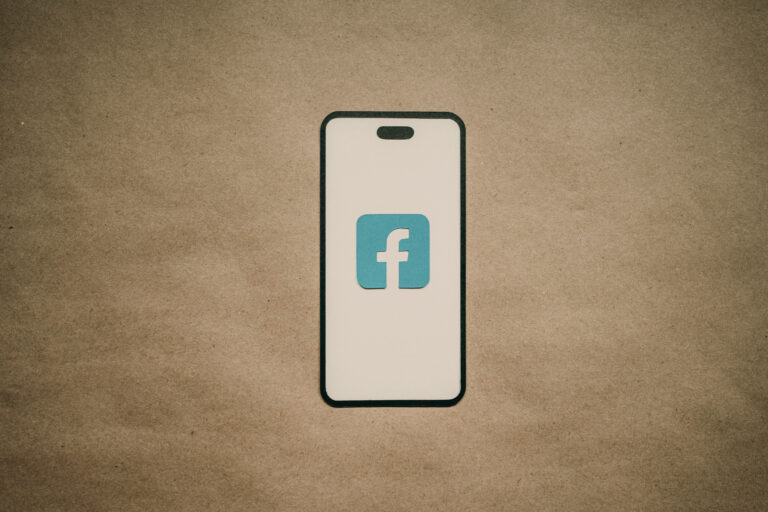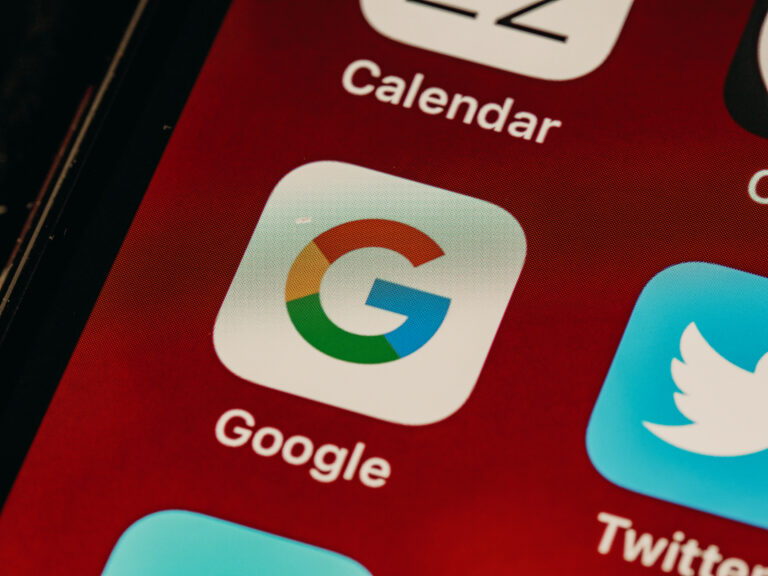As the media landscape rapidly evolves, traditional TV commercials are losing ground to digital-first strategies—especially over-the-top (OTT) and video-on-demand (VOD) advertising. For brands aiming to stay relevant, understanding this shift isn’t just helpful—it’s crucial.
Traditional TV Is Declining
Linear TV viewership has been steadily dropping over the last decade. According to Nielsen’s 2023 report, traditional TV usage among adults aged 18–49 fell by 13% year-over-year. Meanwhile, streaming now accounts for more than 38% of total TV usage, surpassing both cable and broadcast combined. This marks a major change in how and where people consume content—and where advertisers should invest their dollars.
What Is OTT and VOD?
- OTT (Over-the-Top) content is any video streamed over the internet without a cable or satellite subscription—think platforms like Hulu, Roku, and Pluto TV.
- VOD (Video on Demand) allows viewers to watch content whenever they choose, as opposed to scheduled TV programming. This includes services like Netflix (ad-free) and ad-supported platforms like Tubi or Peacock’s free tier.
OTT and VOD give advertisers access to highly engaged audiences who are watching content on their own terms, across devices like smart TVs, tablets, and smartphones.
The Power of OTT and VOD Advertising
- Targeted Advertising
Unlike traditional TV ads, which broadcast to broad, undefined audiences, OTT and VOD allow for advanced audience targeting. Brands can reach viewers based on location, interests, behaviors, and even household income. According to a 2023 eMarketer report, targeted OTT ads see 4–5 times higher engagement rates compared to traditional TV ads. - Better Measurability and ROI
OTT/VOD platforms provide detailed analytics on ad performance—such as impressions, click-through rates, completion rates, and conversions. A 2023 Statista report revealed that OTT advertising offers an average return on ad spend (ROAS) of $5.50 for every $1 spent, far outpacing most traditional TV campaigns. - Reaching Cord-Cutters and Cord-Nevers
Over 60 million U.S. households are expected to be cord-cutters or cord-nevers by the end of 2025, according to Insider Intelligence. These are viewers who either canceled cable or never had it in the first place. If your brand still relies on traditional TV, you’re missing a huge portion of the population—especially Gen Z and Millennials. - Creative Flexibility
OTT and VOD offer more creative freedom than the rigid 15- or 30-second traditional TV format. Advertisers can test different lengths, styles, and placements. Interactive ads, QR codes, and dynamic creative formats are just a few of the innovations that set digital video ads apart.
The Future Is Digital-First
The shift from traditional TV commercials to OTT and VOD is not just a trend—it’s a transformation. As more consumers move away from cable and toward streaming platforms, ad dollars are following. In fact, U.S. OTT ad spending is projected to surpass $40 billion by 2027, according to PwC’s Global Entertainment & Media Outlook.
TV advertising is far from dead—but it’s being redefined. For forward-thinking marketers, leveraging OTT and VOD isn’t just a smart move—it’s the future. With better targeting, richer data, and higher engagement, these platforms offer brands a way to connect with modern audiences in ways that traditional commercials simply can’t match.






